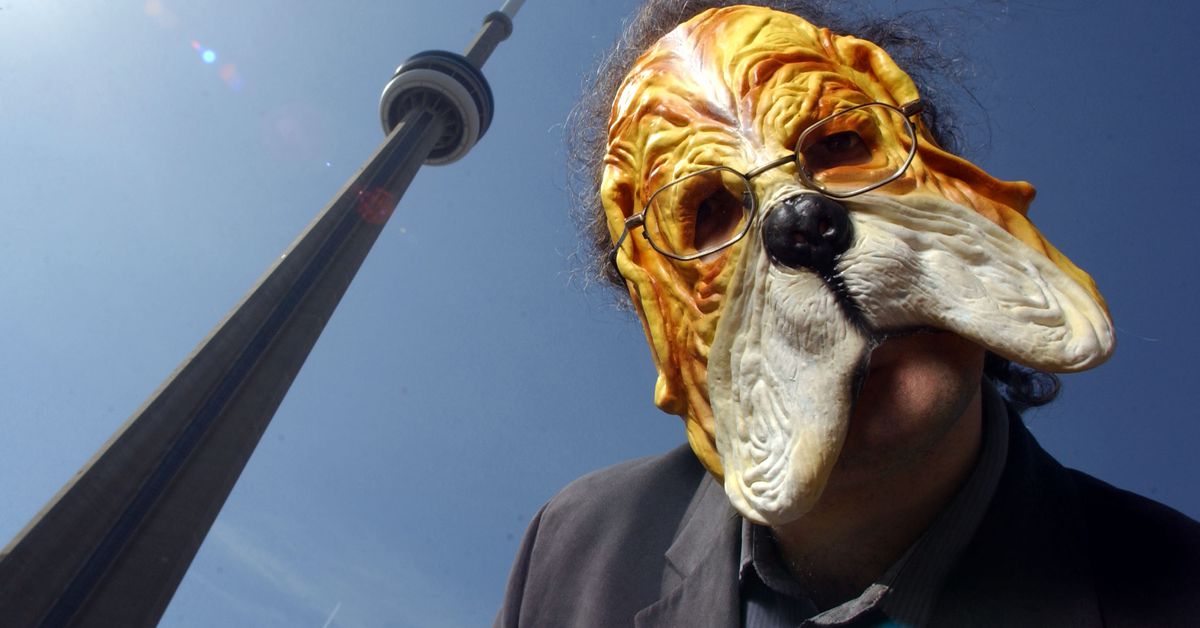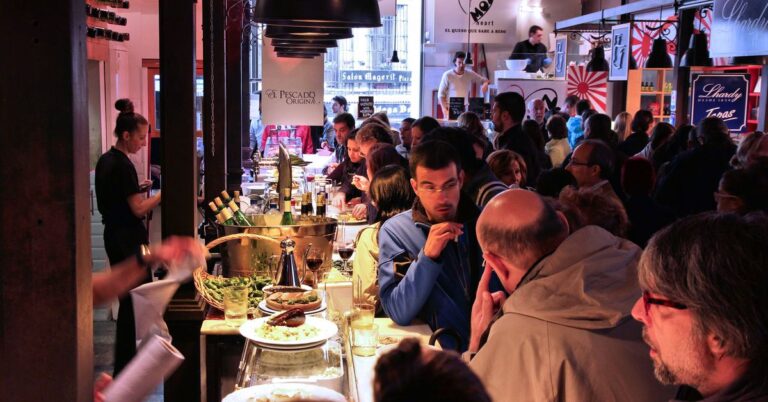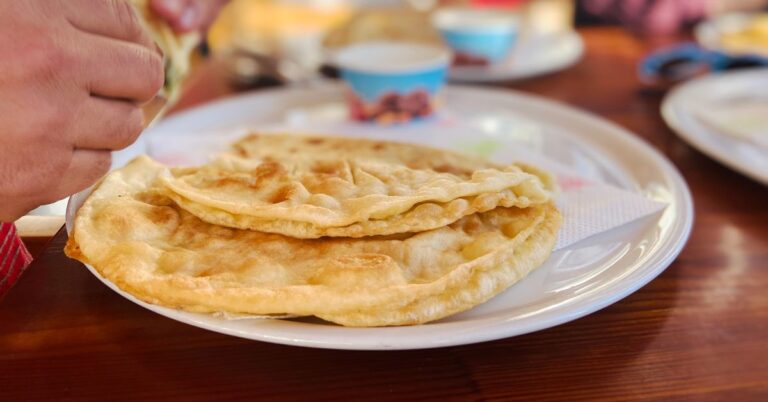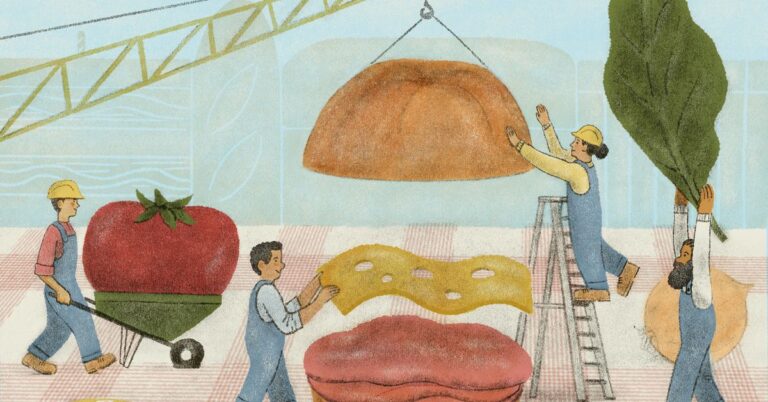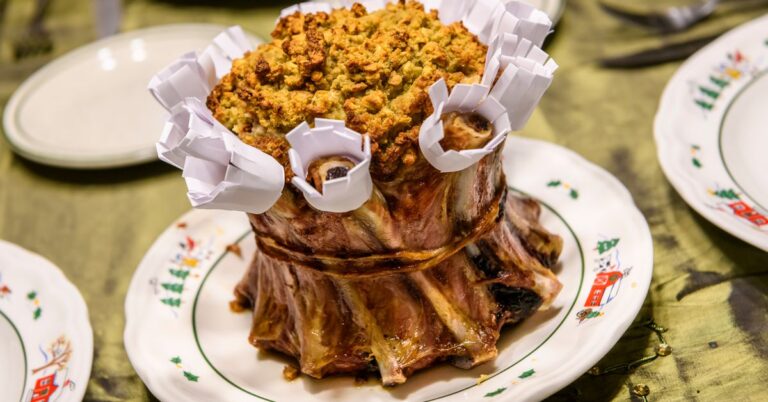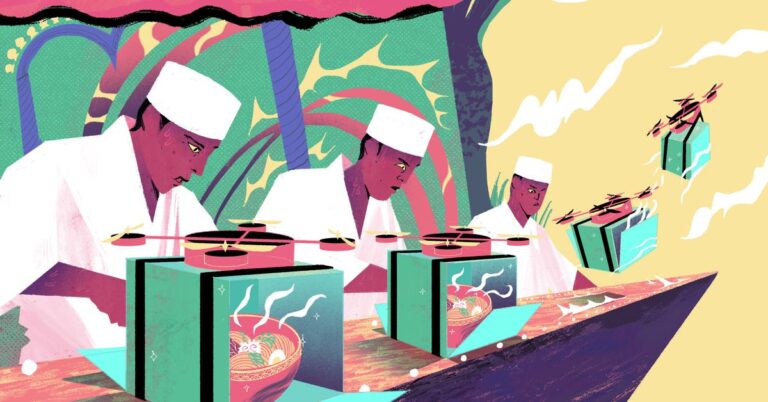Remembering Chowhound, an Early Online Food Forum for NYC’s Restaurant Obsessives
Regrettably, the website Chowhound is shutting down after a distinguished 25-year run. The site evolved through the years, but not enough can be said about its founder Jim Leff. Back then, most food writing in New York centered on fancy restaurants, and Chowhound was at least partly responsible for setting us on the culinary path we’re on today, one that’s more inclusive and less Euro-centric.
I met Leff sometime around 1994. We were introduced by Sylvia Carter, a restaurant critic for Long Island’s Newsday, who covered lesser known places in the five boroughs and on the Island. Her review outings were often attended by a crowd she curated for their love of what were then often dubbed ethnic restaurants — mainly small mom-and-pop places that served food you wouldn’t find in a diner. Leff was an itinerant trombone player who mainly did wedding gigs, and I wrote a food fanzine called Down the Hatch. I’d also recently begun a weekly column in the Village Voice, while Leff wrote a competing column in the New York Press.
Being a Long Islander, Leff owned a car, and we soon made use of it to check out new restaurants. I had many other ways of getting to the restaurants I covered, but an invitation from Leff provided an experience to be relished. He might say, “Hey, I’ve heard of a guy that sells Thai skewers from a cart on a dead-end street in Rego Park. Want to go?” I’d say yes, knowing that a Leff food trip always turned out to be a confirmation of Zeno’s paradox: On the way to the destination, he’d keep thinking of other places worth visiting, and you’d stop at them one by one. Soon, you were zigzagging across the city, so that you approached, but never quite reached, the original objective. “Another day,” he’d say as we halted an expedition out of sheer fatigue.
Leff cobbled together freelance jobs writing about food, playing his trombone all the while, but he never found his raison d’etre until he co-founded Chowhound in 1997. To those more familiar with today’s food websites, social media landscape, and digital newsletters, the early Chowhound would seem hopelessly crude. It was a digital bulletin board of sorts, divided geographically and according to food-related topics, such as What Jim Had For Dinner, to which contributors initiated threads that could be answered by other participants. There were no pictures, and the website would be accessed by telephone modem when it launched. On the site, participants, known as “hounds,” established reputations by finding little-known restaurants and extolling them.
A cult formed around Chowhound. Volunteer moderators would police the site to prevent foul language and other infractions. For example, the bad behavior or even criminal activities of restauranteurs might not be mentioned, or indeed any legal matters involving restaurants, especially health department closures. There were other rules, too. Mentioning the full names of restaurateurs was discouraged if their immigration status seemed in doubt. Negative opinions of restaurants, if deemed too harsh or untrue, were often excised. Nevertheless, the dialog flourished.
:no_upscale()/cdn.vox-cdn.com/uploads/chorus_asset/file/18298040/SriPorkLeg.jpg)
Leff’s style of restaurant criticism on the boards and in print involved selecting a limited number of good places and hyping them incessantly. He lifted a handful of small restaurants from obscurity and made them famous. He first told me about Sripraphai in 1996, when it was a tiny Thai bakery in Woodside. He talked the place up until it began evolving into the sprawling restaurant complex it is today.
Di Fara was another find he raved about on Chowhound, a neighborhood pizzeria that would have been of no particular interest other than for its isolated location. The first time he took me in the late 90s, I told him, “Jim, I could point to 20 other neighborhood pizzerias within a three-mile radius that are just as good.” Maybe that was the case, but Dom DeMarco was a colorful character, who did indeed keep pots of basil growing in the window and obsessed on the amount of cheese he sprinkled on every pie. As the years went by and his fame increased, DeMarco’s pizzas became even better through Leff’s encouragement.
Other Leff finds included the Arepa Lady, Kabab Café, Donovan’s, David’s Brisket House, and Charles Southern Kitchen — all benefitted from his cheerleading. More importantly, Chowhound allowed Leff and fellow commenters to direct public attention to a whole class of restaurants that had been largely ignored before, creating a new culture of food curiosity, culinary internationalism, and a love for vernacular dining.
Both Jonathan Gold and I were regular contributors to Chowhound in the late ’90s, when Gold was based in Los Angeles and visited the Chowhound board for that city, and later when Gold was the critic at Gourmet and lived here. We gave and received lots of good tips, but we found ourselves running afoul of the moderators, so that on separate occasions we were each asked to leave. Both of us were guilty, at times, of being a little too vehement about our restaurant opinions. After a discreet interval, we scampered back, because Chowhound was more than a website, it was an addiction.
When Calvin Trillin published “New Grub Streets” in the New Yorker in 2001, which prominently featured Chowhound, it thrust the focus of food obsessives on inexpensive and eclectic eating to national prominence and caused an influx of new participants to Chowhound. But gradually, the bulletin boards seemed less a collection of familial food nuts, and more a throng of strangers demanding restaurant advice without giving any in return. Its sale to CNET/CBS and the departure of Leff and co-founder Bob Okumura (the tech guy who built the site) in 2005 seemed to me like an end of an era, and I rarely visited after that.
With Leff no longer haunting the boards, and the gradual exodus of avid fans, the website underwent the expected technical improvements, design innovations, and content expansion from 2005 till the present. Recipes, nutritional advice, historical accounts, essays on kitchen equipment, and feature stories on travel and other random topics crept in as the original bulletin boards giving restaurant advice receded into the deep background. Chowhound had lost its soul, and in doing so had forgone what made it unique and magnetically attractive. Eventually, it became just another general food website, of which there are now too many to count, making its sad departure from the scene an inevitability.
In the interim, I lost track of Leff, but heard rumors he lived in Connecticut, and then he’d bought a farm somewhere down South and gotten married. But once he’d given up Chowhound, and stopped driving around looking for restaurant tips I could use, I really wasn’t too curious of a hound anymore.
